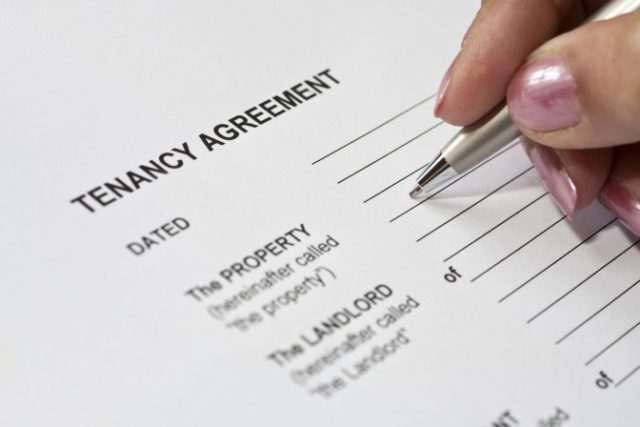Where in the North East can you expect a quick let?
An average North East rental property houses a tenant within 97 days of going onto the market, according to new research.
Analysis of 15 North East regions by sales and lettings firm KIS reveals that there are a few unlikely rental hotspots in the region.
Tenant turnover
Landlords in Consett can expect to have the shortest wait to find tenants.
The report indicates that buy-to-let investors in the region see properties rented out within an average of 58 days. Other fast-renting areas include Chester-le-Street (75 days), Whitley Bay (81 days), Cramlington (83 days) and Durham City, (86 days).
At the other end of the scale, the second slowest region in the North East to rent out a property was Newcastle, where homes take an average of 125 days to let.
Houses in the North East take an average of 17 days less to rent out than flats.

Where in the North East can you expect a quick let?
Quick lets
Ajay Jagota, managing director of KIS, said, ‘Consett may not be the first place you think of when it comes to Northern property hotspots, but there are some obvious reasons for why properties there seem to rent out faster than the rest of the region. The most obvious one is that as a smaller area than most of those we’ve surveyed there are likely to be less houses to rent and more competition for properties as a result-something always worth considering for landlords and prospective property entrepreneurs.’[1]
‘The time it takes to rent out a property is, of course, not the only factor you need to consider when it comes to deciding where to invest in property. Although these figures suggest Gatesehead is somewhere to consider avoiding it has offered investors the region’s highest rental yields in almost every survey we’ve ever undertaken. If you are looking to rent out a property quickly, the quickest way to do it is to remove the biggest and bizarrest obstacle to finding and keeping good tenants-rental deposits,’ he continued.[1]
‘Our research shows that tenants on average need to find £798 in deposits to move into a rented home. By insisting on deposits when you could instead use an insurance-backed deposit free solution is intentionally limiting potential tenants to people who have that sort of money lying around,’ Jagota added.[1]
[1] http://www.propertyreporter.co.uk/landlords/where-do-north-east-properties-rent-the-quickest.html







